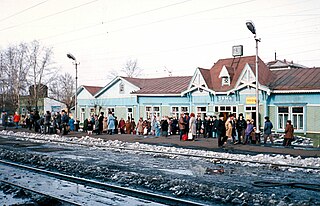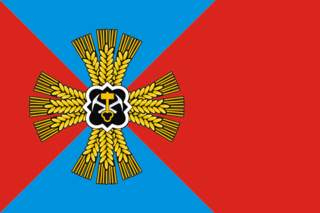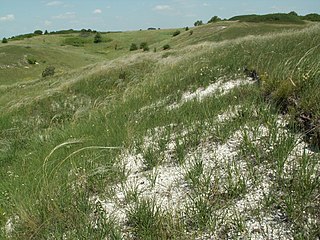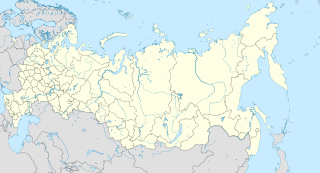Duty (Russian : Ду́тый, also known as "Дуты" or "Дутово") is a village ( selo ) in the southern part of Khiloksky District of Zabaykalsky Krai, Russia, located at the confluence of the Duty and Arey Rivers, 65 kilometers (40 mi) away from Khilok.

Russian is an East Slavic language, which is official in the Russian Federation, Belarus, Kazakhstan and Kyrgyzstan, as well as being widely used throughout Eastern Europe, the Baltic states, the Caucasus and Central Asia. It was the de facto language of the Soviet Union until its dissolution on 25 December 1991. Although, nowadays, nearly three decades after the breakup of the Soviet Union, Russian is used in official capacity or in public life in all the post-Soviet nation-states, as well as in Israel and Mongolia, the rise of state-specific varieties of this language tends to be strongly denied in Russia, in line with the Russian World ideology.
The classification system of the types of inhabited localities in Russia, the former Soviet Union, and some other post-Soviet states has certain peculiarities compared with the classification systems in other countries.
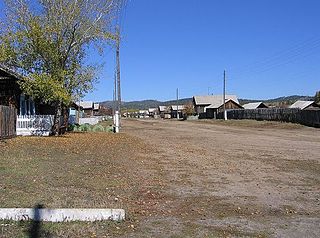
Khiloksky District is an administrative and municipal district (raion), one of the thirty-one in Zabaykalsky Krai, Russia. It is located in the southwest of the krai, and borders with Ulyotovsky District in the east, Krasnochikoysky District in the south, and with Petrovsk-Zabaykalsky District in the west. The area of the district is 14,800 square kilometers (5,700 sq mi). Its administrative center is the town of Khilok. Population: 31,760 (2010 Census); 33,434 ; 40,758 (1989 Census). The population of Khilok accounts for 36.3% of the district's total population.
In the 1950s, a logging post of Areysky Logging-Lumbering Enterprise was located here. During the 1970s and 1980s, Duty was home to a Soviet Army engineering battalion building the road between Ulan-Ude and Chita. Duty was abandoned in 2002 because of the devastating wildfire,[ citation needed ] but, as of 2004, it was not officially abolished. [1]

The Soviet Army is the name given to the main land-based branch of the Soviet Armed Forces between February 1946 and December 1991, when it was replaced with the Russian Ground Forces, although it was not fully abolished until 25 December 1993. Until 25 February 1946, it was known as the Red Army, established by decree on 15 (28) January 1918 "to protect the population, territorial integrity and civil liberties in the territory of the Soviet state." The Strategic Missile Troops, Air Defense Forces and Air Forces were part of the Soviet Army in addition to the Ground Forces.

Ulan-Ude is the capital city of the Republic of Buryatia, Russia; it is located about 100 kilometers (62 mi) southeast of Lake Baikal on the Uda River at its confluence with the Selenga. According to the 2010 Census, 404,426 people lived in Ulan-Ude; up from 359,391 recorded in the 2002 Census, making the city the third largest in the Russian Far East by population.

Chita is a city and the administrative center of Zabaykalsky Krai, Russia, located at the confluence of the Chita and Ingoda Rivers and on the Trans-Siberian Railway, 900 kilometers (560 mi) east of Irkutsk. Population: 324,444 (2010 Census); 316,643 (2002 Census); 365,754 (1989 Census).
The archeological complex of Shaman-Gora is located in the vicinity of the village.

Shaman-Gora is an archeological site on the outskirts of the village of Duty in Khiloksky District of Zabaykalsky Krai. It is famous for its about 100 petroglyphs dating from 4000–1000 BCE. It is thought to be a ritual site for the local tribes. There are two main strata and their artifacts show that there was a highly developed society in the region at the confluence of the Duty River and Arey Rivers.




